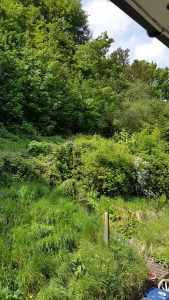
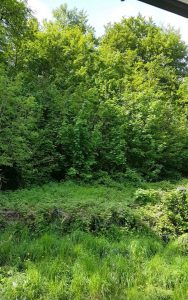
This morning I was looking at the reserve and assessing the work that I need to do. I noted that there was a total of 15 flowering species out and thought t to myself that none of these species were growing here a year ago. I then remembered the date and realised that it was exactly a year to the day that I started working on the site and it seems a good time to chart the progress of impact my work on the local wildlife.
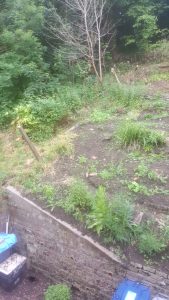
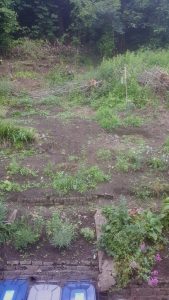
The aforementioned flowering plants have not only bought colour to the site but have attracted a host of insects to the area. A total of 9 bee species have been recorded at the site so far and in the last week I have noted various species feeding on the flowers that I had planted in last 12 months. Bees were one of the many reasons for creating this site and it has pleased me to see the variety of species present. Hopefully even more species will be seen with further habitat improvements.
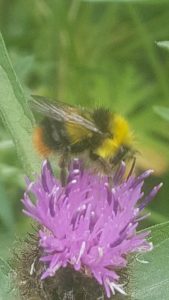
Being quite an obvious group of insects, they are quite easily seen and one of my neighbours recently said that he had never seen so many bees in the area as he had in last year. This is the kind of thing I wanted to create and for my neighbour to say this recently means that my habitat improvement is working in a relatively small space of time.
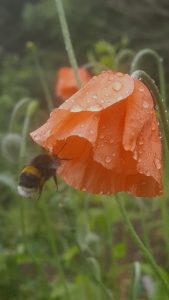
It is a basic understanding that flowers will attract insects and insects will attract more insects which in turn will provide food for larger life forms such as birds.

Again, birdlife has become more obvious since the clearance and replanting began. The clearance of the woodland area has created some space and even though I haven’t had my bird feeders going for a few weeks now there are regular visitors to the cleared area including Jay, Song Thrush, Blackbird, Mistle Thrush occasionally and the local Stock Dove dropped in early one morning recently. There are the regular common species ever present and I have a pair of Wrens in the pile of brash that have been feeding young but sadly the local Robins chicks were killed by cats. Its hardcore out there.
In the management of woodlands, the areas with most biodiversity are the woodland edges and although it is very early days in improving the woodland area there are signs that the local wildlife is reacting and benefitting from the changes I have made. Over the course of next winter more work shall be undertaken to try to improve the area. Birds are similar to bees in the fact that some species are very obvious and again this has been noted by my neighbours and I’m having regular conversations with them about the birds that they have seen out there. As I said earlier when my neighbours are remarking on the wildlife, I know that the big plan is coming together.
As I reflect over the progress over the last year I am starting to put together species list of the different wildlife families that I have seen in and around where I live and its starting to look quite impressive with 47 Macro moths, 11 butterflies, 53 birds, 7 mammals, 3 Hoverflies
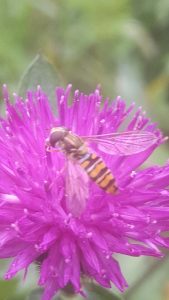
and the aforementioned 9 bee species. To me this is just the beginning and I again have a feeling of hope for the well-being of our environment in the future when I looked at what I have achieved over the last year. Now all we need to do is start serious habitat creation on a much larger scale and is a government responsibility. I wonder how much they have been listening in recent months. Us everyday people can start the small-scale change in our gardens, if you have one, as I have been doing. My project is on-going and I still have many hours of work ahead of me but if the improvements in the wildlife keep occurring I’m more than happy to carry on and we shall see what the next year brings.
